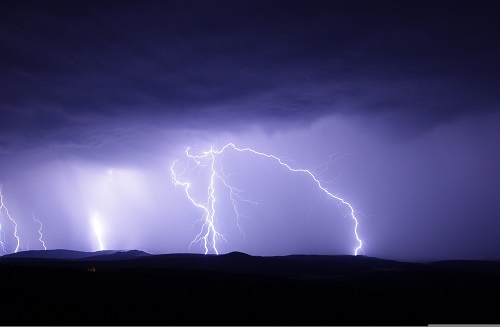
Insurance perils are specific events covered in your policy. It's important to understand the limits of your homeowners insurance policy, especially any excluded perils. Here's a quick guide to the basics:
A named perils plan covers 16 types of peril. However, it's not a universal list. For example, wind damage is not included in certain coastal zones and must be separately endorsed.
The words risk and danger are similar to each other and are sometimes used interchangeably. However, insurance counts them as separate things. A risk is the possibility of a loss, while a peril or hazard is the actual cause of a loss.
Some common examples of insurance risks include:
The HO-2, HO-3 and HO-5 types of homeowners policies determine if your policies are defined against a set of specific risks based on location or home features.
A homeowner is affected by the perils insured in their policy, but so is the insurance company. Increased risk and covered perils both pose a higher cost to your insurer, which can increase the cost of your coverage.
Your mortgage lender could also be indirectly affected by home insurance risk because damage could negatively affect your home's value. To determine the specifics of your homeowners insurance, consult your provider for details.

As a native Floridian who enjoys the active lifestyle, it's easy to understand why Jim Hatch Loves
the Treasure Coast and Northern Palm Beaches so much. As the leader of Hatch Group Properties
real estate team, making an impact in the community is what drives him to be his best each and
every day.